Home>Construction & Tools>Building Materials>How To Get Spray Paint Off Brick Wall
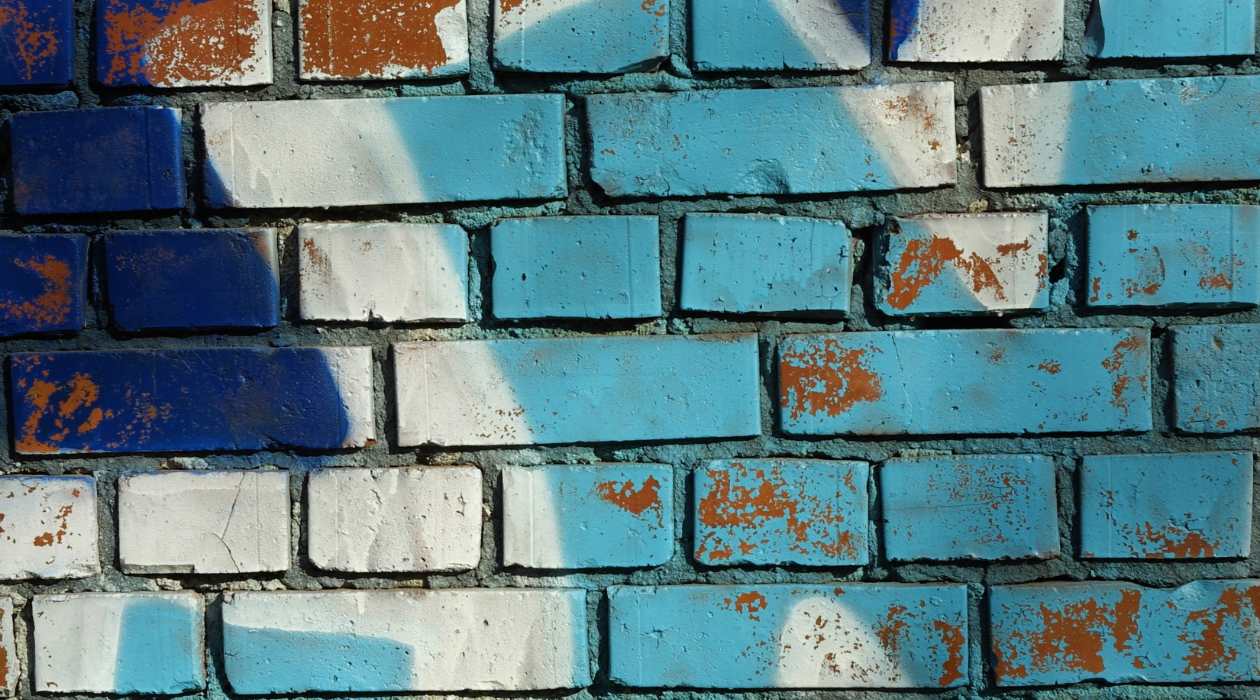

Building Materials
How To Get Spray Paint Off Brick Wall
Published: January 22, 2024
Learn effective methods for removing spray paint from a brick wall using common building materials. Restore the natural beauty of your brick surfaces with these simple techniques.
(Many of the links in this article redirect to a specific reviewed product. Your purchase of these products through affiliate links helps to generate commission for Storables.com, at no extra cost. Learn more)
Introduction
Brick walls are a timeless and durable feature of many homes and buildings. However, they can fall victim to unwanted graffiti or accidental spray paint. Removing spray paint from a brick wall may seem like a daunting task, but with the right materials and method, it can be accomplished effectively. In this guide, we’ll explore the step-by-step process of safely and efficiently removing spray paint from a brick wall. Whether you’re a homeowner looking to restore the beauty of your property or a professional in the building maintenance industry, these techniques will help you achieve a clean and pristine brick surface once again.
Before diving into the removal process, it’s important to gather the necessary materials and understand the precautions involved in cleaning a brick wall. With the right approach, you can successfully restore the natural charm of your brick wall without causing damage to its surface. Let’s delve into the materials needed and the step-by-step process for removing spray paint from a brick wall.
Key Takeaways:
- Safely and effectively remove spray paint from a brick wall by preparing the area, choosing the right cleaning solution, and scrubbing the affected area with a stiff-bristled brush.
- Restore the natural charm of your brick surface without causing damage or discoloration by diligently rinsing the wall and, if needed, repeating the cleaning process to achieve a pristine and paint-free surface.
Read more: How To Get Spray Paint Off The Floor
Materials Needed
Before embarking on the spray paint removal process, it’s essential to gather the appropriate materials to ensure a safe and effective cleaning procedure. Here’s a list of the materials you’ll need:
- Protective gear: Wear gloves, safety goggles, and a mask to shield yourself from cleaning solution fumes and potential splashes.
- Pressure washer: A pressure washer with a wide-angle nozzle can be used to rinse the cleaning solution and paint residue from the brick surface.
- Cleaning solution: Choose a suitable cleaning solution based on the type of paint and the condition of the brick. Options include trisodium phosphate (TSP), paint thinner, or a commercial graffiti remover. Ensure that the chosen solution is safe for brick surfaces.
- Stiff-bristled brush: A durable brush will be necessary for scrubbing the affected area and loosening the paint particles from the brick surface.
- Bucket: Use a bucket to mix the cleaning solution with water and for carrying the solution to the affected area.
- Protective sheeting: If the spray paint removal is taking place in a protected area, use plastic sheeting or drop cloths to cover nearby surfaces and prevent overspray.
- Water source: Access to a water source is vital for diluting the cleaning solution, rinsing the wall, and operating the pressure washer.
- Ladder or scaffolding: Depending on the height of the affected area, a ladder or scaffolding may be required to reach and clean the spray-painted section of the brick wall.
By ensuring that you have these materials on hand, you’ll be well-prepared to tackle the task of removing spray paint from a brick wall. With the right equipment and a systematic approach, you can restore the natural beauty of your brick surface without causing damage or discoloration.
Step 1: Prepare the Area
Before initiating the spray paint removal process, it’s crucial to prepare the surrounding area to ensure safety and minimize the risk of spreading paint residue. Here’s a detailed guide on how to prepare the area for effective cleaning:
1. Protective Gear: Prior to starting the cleaning process, don protective gear including gloves, safety goggles, and a mask to safeguard yourself from any potential splashes, fumes, or airborne particles released during the cleaning procedure.
2. Cover Nearby Surfaces: If the spray-painted area is located near other surfaces or objects, use plastic sheeting or drop cloths to cover and protect them from the cleaning solution and overspray. This precaution will prevent accidental damage to adjacent surfaces.
3. Clear the Area: Remove any obstacles or debris from the vicinity of the affected brick wall. This will provide unobstructed access to the spray-painted area and ensure a thorough cleaning process.
4. Ventilation: Ensure that the area is well-ventilated to disperse fumes from the cleaning solution. If possible, open windows and doors to facilitate air circulation during the paint removal process.
By meticulously preparing the area before commencing the cleaning process, you’ll create a safe and controlled environment for effectively removing spray paint from the brick wall. These preparatory measures are essential for ensuring a successful and efficient cleaning procedure, setting the stage for the subsequent steps in the paint removal process.
Step 2: Choose the Right Cleaning Solution
When it comes to removing spray paint from a brick wall, selecting the appropriate cleaning solution is pivotal. The type of paint, the porosity of the brick, and the severity of the spray paint will influence the choice of cleaning agent. Here’s a comprehensive guide to help you choose the right cleaning solution:
1. Identify the Paint Type: Determine the type of spray paint that has been applied to the brick surface. This may include oil-based, acrylic, or enamel spray paint. Understanding the paint type will aid in selecting a compatible cleaning solution.
2. Assess the Brick Condition: Evaluate the condition of the brick wall. If the brick is particularly porous or delicate, opt for a mild cleaning solution to prevent damage to the surface. Conversely, more robust cleaning solutions may be suitable for less porous or heavily soiled brick.
3. Consider Environmentally-Friendly Options: If environmental impact is a concern, explore eco-friendly cleaning solutions that are safe for both the brick surface and the surrounding ecosystem. Biodegradable cleaners and those labeled as environmentally safe can be viable options.
4. Commercial Cleaners vs. DIY Solutions: Commercial graffiti removers, trisodium phosphate (TSP), and paint thinners are effective options for removing spray paint from brick. Alternatively, you can create a DIY cleaning solution using household ingredients such as vinegar, baking soda, or dish soap. Consider the pros and cons of each approach based on the specific requirements of the cleaning task.
5. Test in a Small Area: Before applying the cleaning solution to the entire spray-painted area, conduct a patch test in a discreet section of the brick wall. This will allow you to assess the effectiveness of the solution and its impact on the brick surface.
By carefully considering these factors and selecting the most suitable cleaning solution, you can effectively remove spray paint from the brick wall while safeguarding the integrity of the underlying surface. The next step will involve applying the chosen cleaning solution to initiate the paint removal process.
To remove spray paint from a brick wall, use a pressure washer with a high-powered nozzle and a graffiti remover. Spray the remover on the paint, let it sit for a few minutes, then use the pressure washer to rinse it off.
Step 3: Apply the Cleaning Solution
Once the appropriate cleaning solution has been selected, it’s time to apply it to the spray-painted brick wall. This step involves a systematic approach to ensure thorough coverage and effective penetration of the cleaning solution. Here’s a detailed guide on how to apply the cleaning solution:
1. Prepare the Solution: Mix the chosen cleaning solution according to the manufacturer’s instructions or the DIY recipe. Use a bucket to combine the solution with water, ensuring the proper dilution for safe and effective application.
2. Spot Testing: Before applying the solution to the entire affected area, conduct a spot test in a small, inconspicuous area of the brick wall. This will help determine the solution’s compatibility with the surface and its effectiveness in removing the spray paint.
3. Apply the Solution: Using a brush or sprayer, apply the cleaning solution generously to the spray-painted area. Ensure even coverage, allowing the solution to saturate the affected brick surface. Depending on the severity of the paint and the chosen cleaning agent, you may need to let the solution dwell for a specified period to facilitate paint breakdown.
4. Work in Sections: If the spray-painted area is extensive, consider working in manageable sections to prevent the solution from drying before it can effectively loosen the paint. This approach ensures that each section receives adequate attention and allows for a systematic cleaning process.
5. Follow Safety Precautions: While applying the cleaning solution, adhere to safety guidelines, including wearing protective gear and ensuring proper ventilation. Avoid direct contact with the cleaning solution and take precautions to prevent skin or eye irritation.
By following these steps, you can effectively apply the chosen cleaning solution to the spray-painted brick wall, setting the stage for the subsequent removal of the paint residue. The next step involves scrubbing the area to dislodge the loosened paint particles from the brick surface.
Read more: How To Get Spray Paint Off Carpet
Step 4: Scrub the Area
Once the cleaning solution has been applied and allowed to penetrate the spray-painted brick wall, the next crucial step involves scrubbing the area to dislodge the loosened paint particles and facilitate their removal. Here’s a comprehensive guide on how to effectively scrub the affected area:
1. Select a Stiff-Bristled Brush: Choose a high-quality, stiff-bristled brush that is suitable for use on masonry surfaces. The bristles should be robust enough to effectively dislodge paint particles without causing damage to the brick surface. Consider the size of the brush in relation to the area being cleaned to ensure optimal coverage and maneuverability.
2. Scrub in Circular Motions: Using the stiff-bristled brush, scrub the affected brick area in circular motions, applying moderate pressure to target the spray-painted sections. This technique helps dislodge the paint particles that have been softened by the cleaning solution, allowing for easier removal.
3. Focus on Stubborn Areas: Pay particular attention to areas where the spray paint may be more deeply embedded or resistant to removal. Apply additional cleaning solution as needed and concentrate your scrubbing efforts on these stubborn sections to achieve comprehensive paint removal.
4. Work Methodically: If the spray-painted area is extensive, work in systematic sections, ensuring that each part of the wall receives thorough scrubbing. This approach promotes a consistent and thorough cleaning process, preventing oversights and ensuring that all paint residue is addressed.
5. Rinse the Brush Regularly: Periodically rinse the brush in clean water to remove accumulated paint residue and cleaning solution. This prevents the transfer of paint particles to other areas of the brick wall and maintains the effectiveness of the scrubbing process.
By diligently scrubbing the affected area, you can effectively dislodge the softened paint particles from the brick surface, preparing the wall for the final step in the spray paint removal process. The subsequent step involves rinsing the wall and, if necessary, repeating the cleaning process to achieve optimal results.
Step 5: Rinse and Repeat
As the scrubbing process concludes, the next crucial step involves rinsing the brick wall to remove the loosened paint particles and any residual cleaning solution. Additionally, if traces of spray paint persist, repeating the cleaning process may be necessary to achieve a pristine and restored brick surface. Here’s a comprehensive guide on how to effectively rinse and, if needed, repeat the cleaning process:
1. Rinsing with Water: Utilize a pressure washer or hose with a wide-angle nozzle to thoroughly rinse the entire affected area of the brick wall. The high-pressure water stream will help dislodge and flush away the loosened paint particles, cleaning solution residue, and any remaining debris.
2. Inspect for Residual Paint: After rinsing, carefully inspect the brick surface for any remaining traces of spray paint. If persistent paint residue is detected, consider repeating the cleaning process, focusing on the areas where paint remnants are evident. This may involve reapplying the cleaning solution and scrubbing the affected sections to ensure comprehensive paint removal.
3. Repeat as Needed: If the initial cleaning and rinsing do not completely eliminate the spray paint, repeat the process as required. Adjust the cleaning solution concentration, scrubbing technique, and rinsing method based on the specific areas that require additional attention. Persistence and thoroughness are key to achieving a fully restored brick surface.
4. Allow for Drying: Once the rinsing and, if necessary, repeat cleaning process is complete, allow the brick wall to dry thoroughly. This will provide an opportunity to assess the effectiveness of the cleaning procedure and ensure that the surface is free of any remaining paint residue or cleaning solution.
By diligently rinsing the brick wall and, if needed, repeating the cleaning process, you can achieve a pristine and paint-free surface, restoring the natural beauty of the brick. With the completion of these steps, the spray paint removal process culminates, leaving behind a clean and revitalized brick wall.
Conclusion
Removing spray paint from a brick wall demands careful preparation, the use of suitable materials, and a systematic approach to cleaning. By following the step-by-step process outlined in this guide, you can effectively restore the natural charm of your brick surface without causing damage or discoloration. From preparing the area and selecting the right cleaning solution to scrubbing the affected area and rinsing the wall, each step plays a vital role in achieving optimal results.
It’s important to approach the spray paint removal process with patience and thoroughness, ensuring that each stage is executed diligently. By adhering to safety guidelines, conducting spot tests, and working methodically, you can successfully remove spray paint from a brick wall while safeguarding the integrity of the underlying surface.
Moreover, the use of appropriate protective gear, such as gloves, safety goggles, and a mask, is essential to safeguard yourself during the cleaning process. Additionally, environmental considerations, such as the choice of eco-friendly cleaning solutions, contribute to a responsible and sustainable approach to spray paint removal.
Ultimately, the successful removal of spray paint from a brick wall yields a revitalized and pristine surface, enhancing the aesthetic appeal of your property. Whether you’re a homeowner seeking to restore the beauty of your residence or a professional in the building maintenance industry, these techniques offer a reliable and effective means of achieving a clean and rejuvenated brick wall.
By employing the insights and methods outlined in this guide, you can confidently address the challenge of removing spray paint from a brick wall, preserving the timeless allure of this enduring building material.
Frequently Asked Questions about How To Get Spray Paint Off Brick Wall
Was this page helpful?
At Storables.com, we guarantee accurate and reliable information. Our content, validated by Expert Board Contributors, is crafted following stringent Editorial Policies. We're committed to providing you with well-researched, expert-backed insights for all your informational needs.
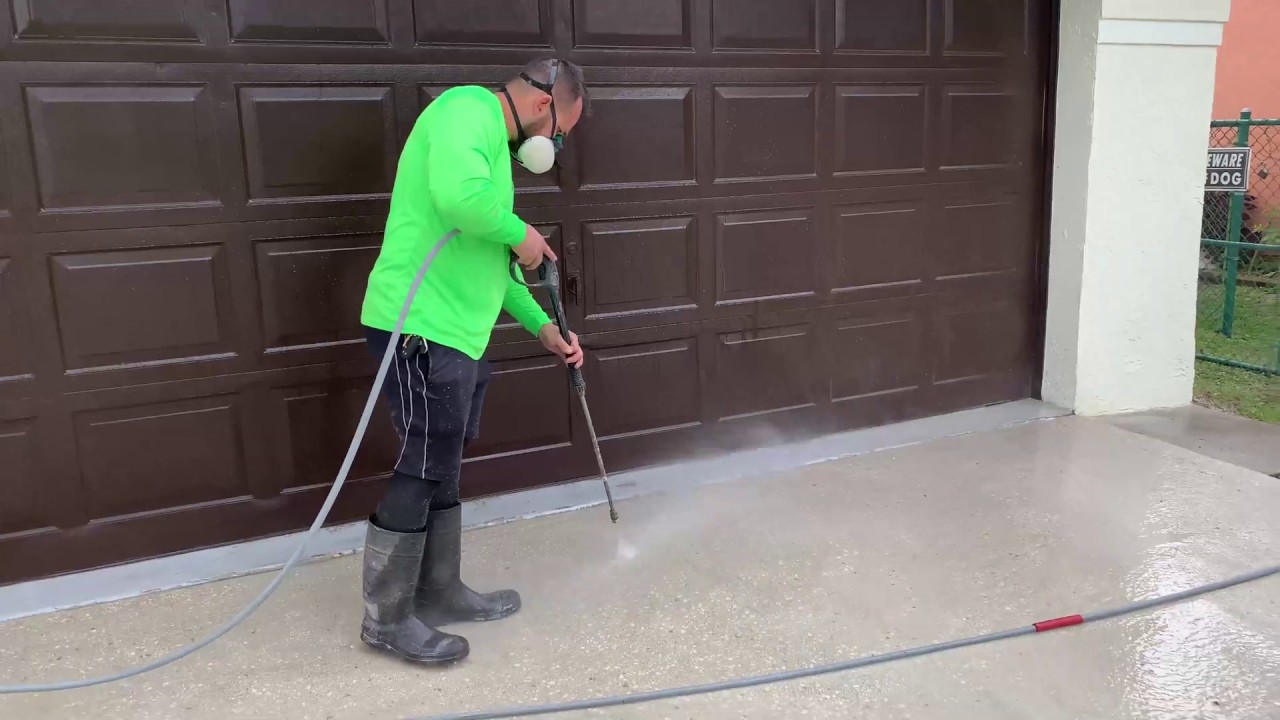
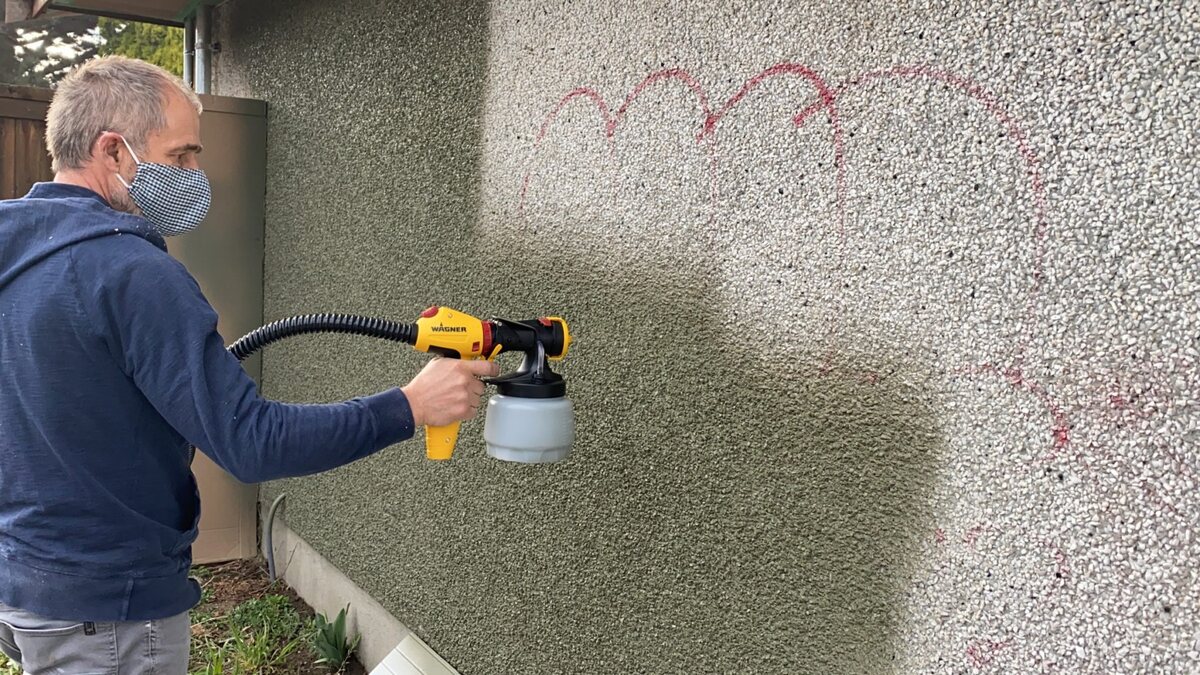
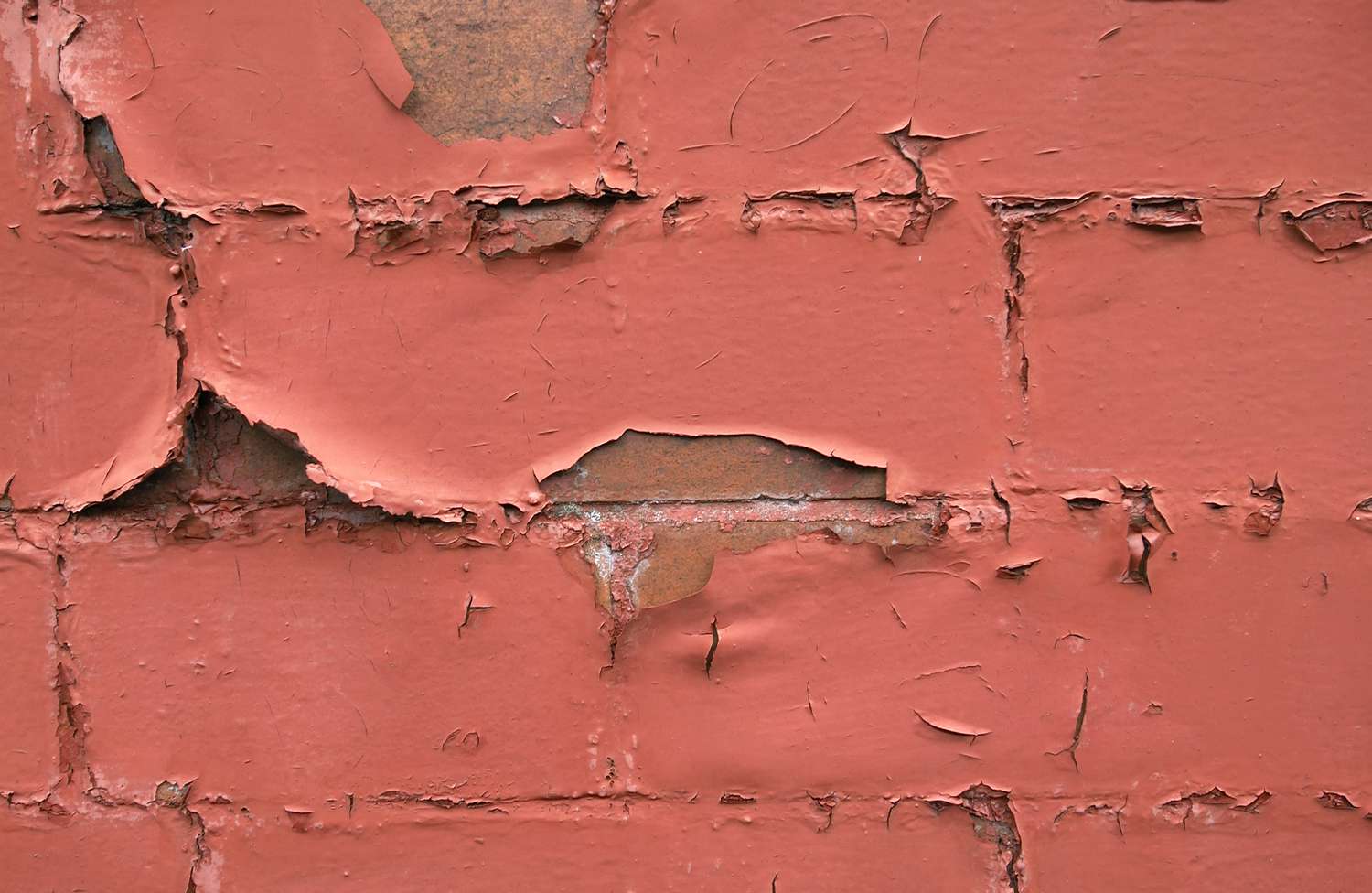
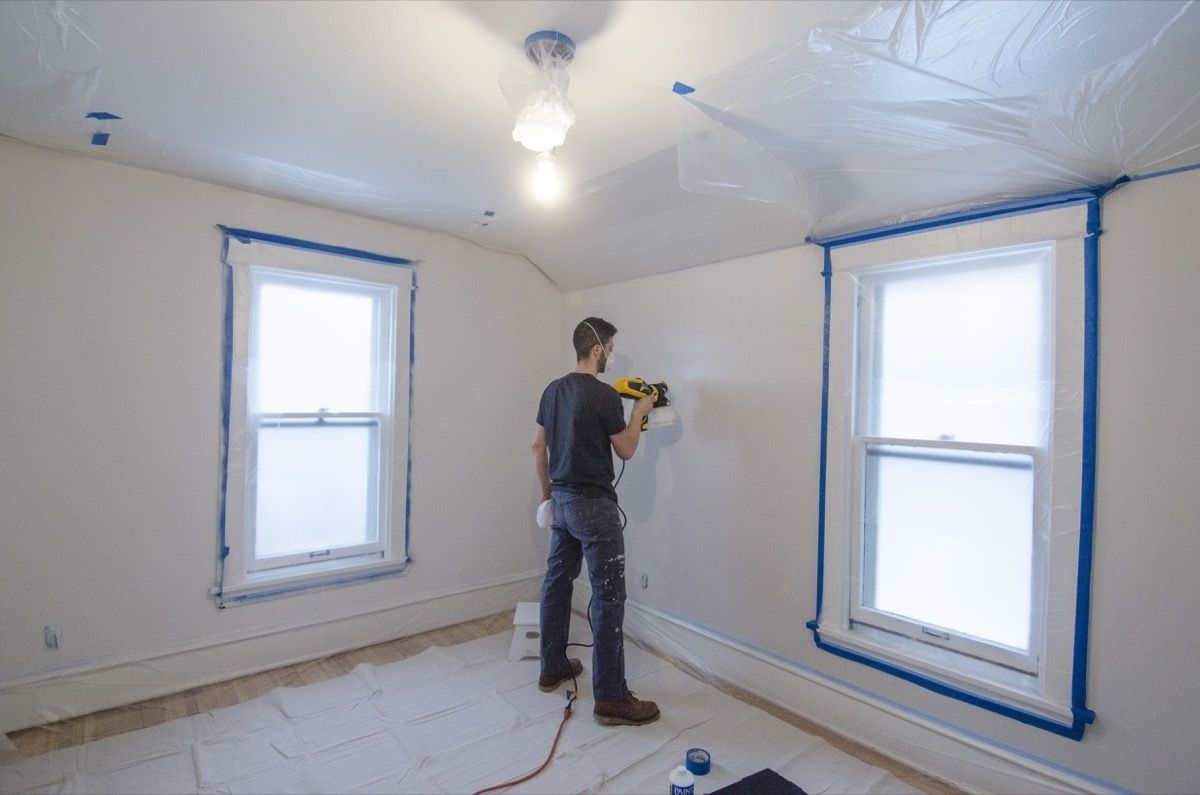
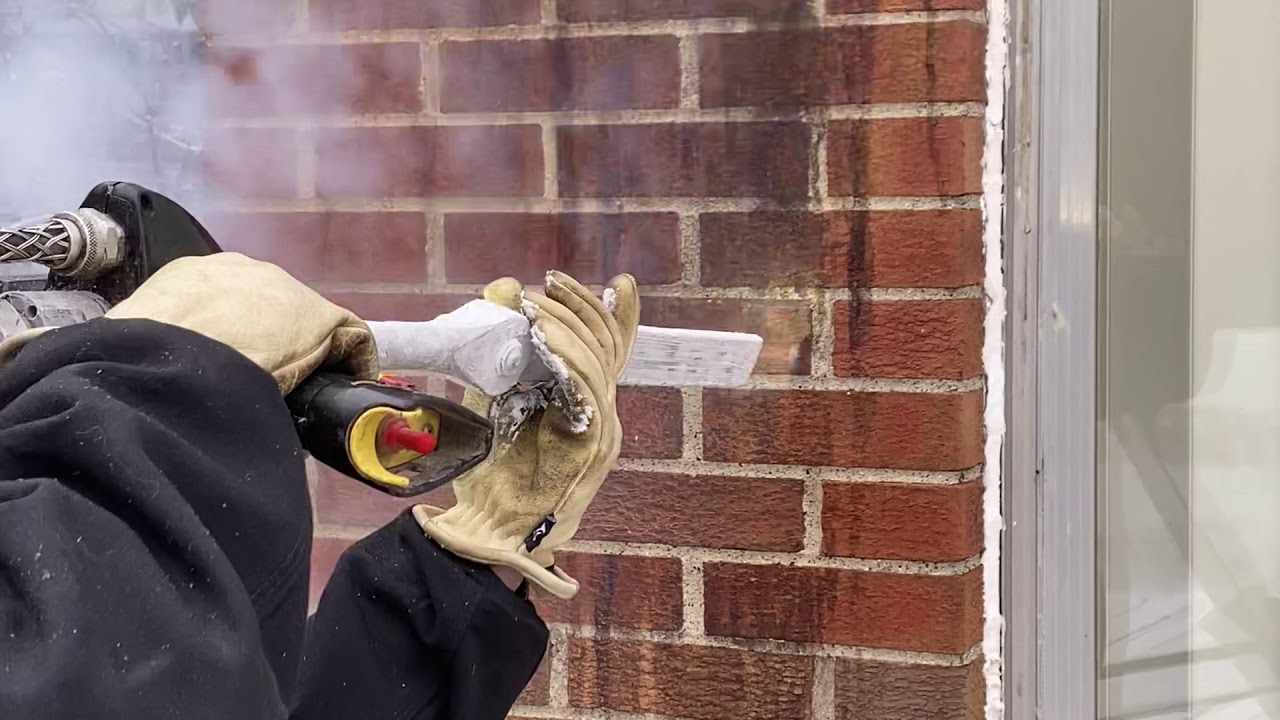
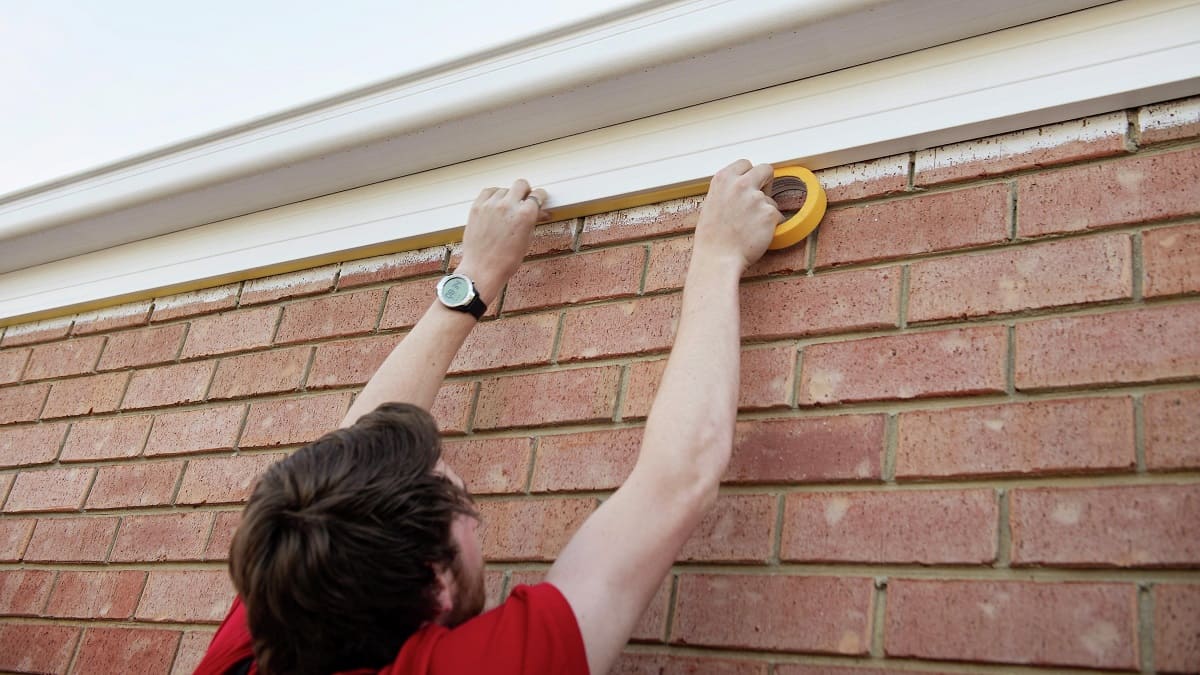
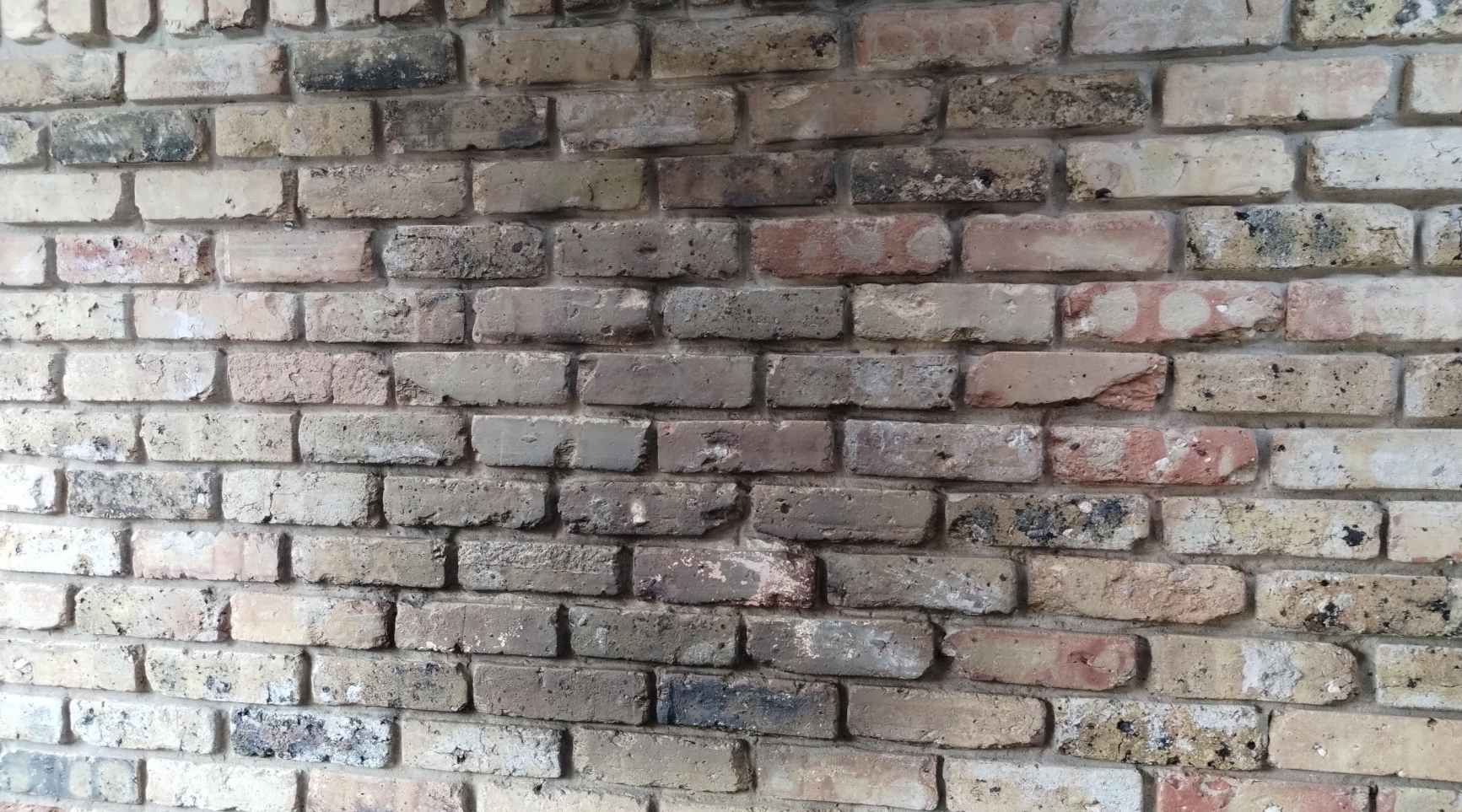
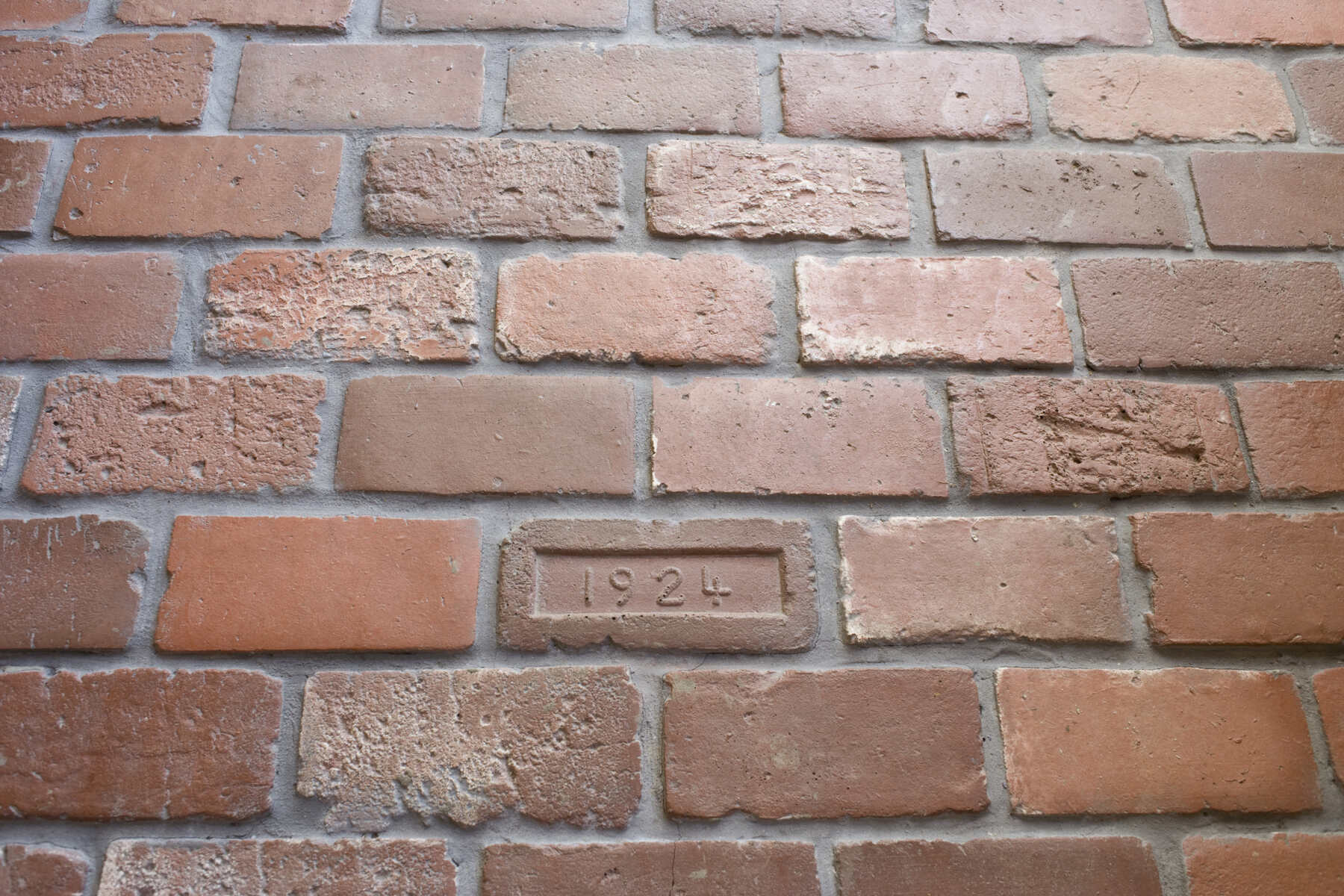

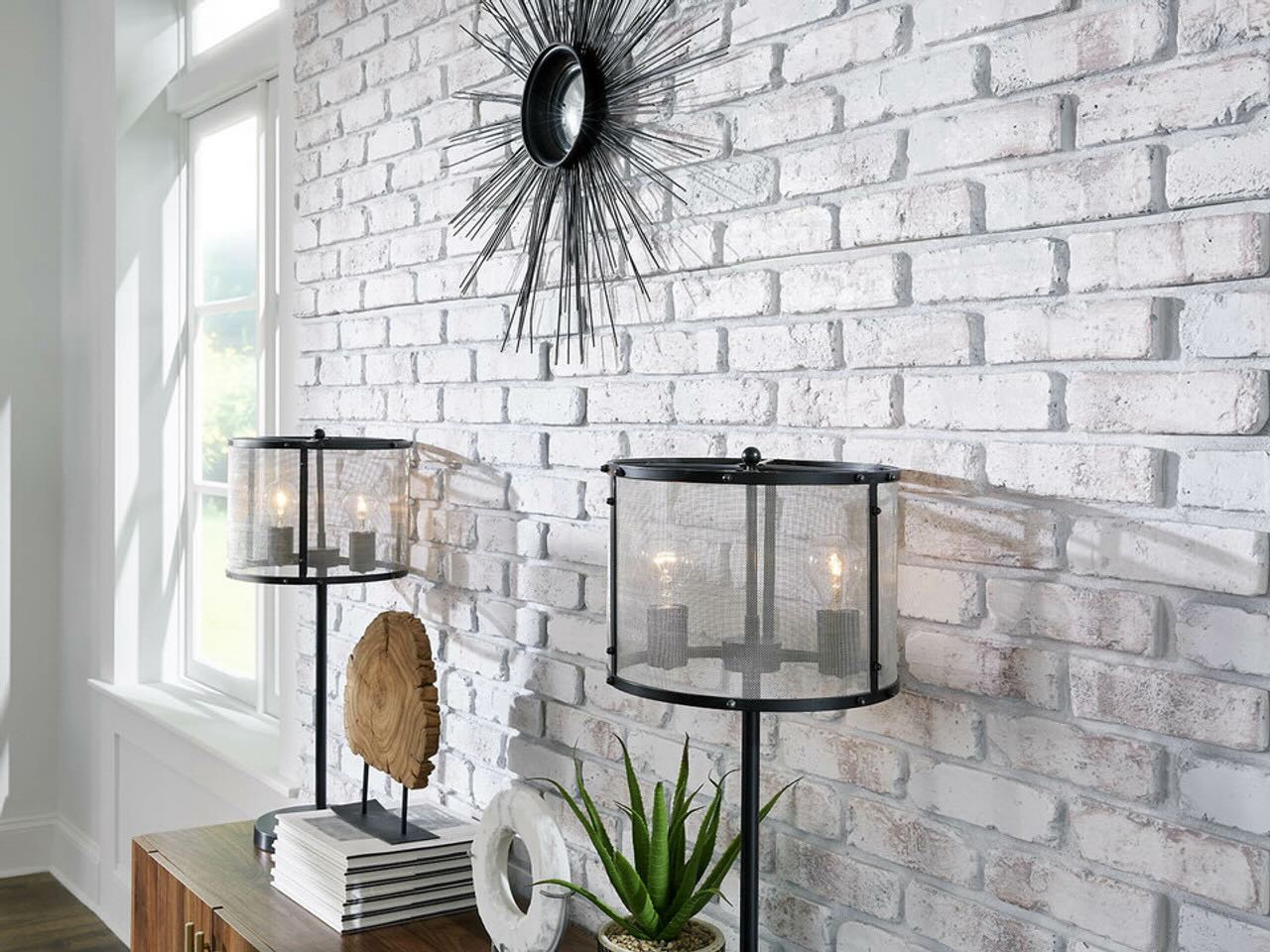

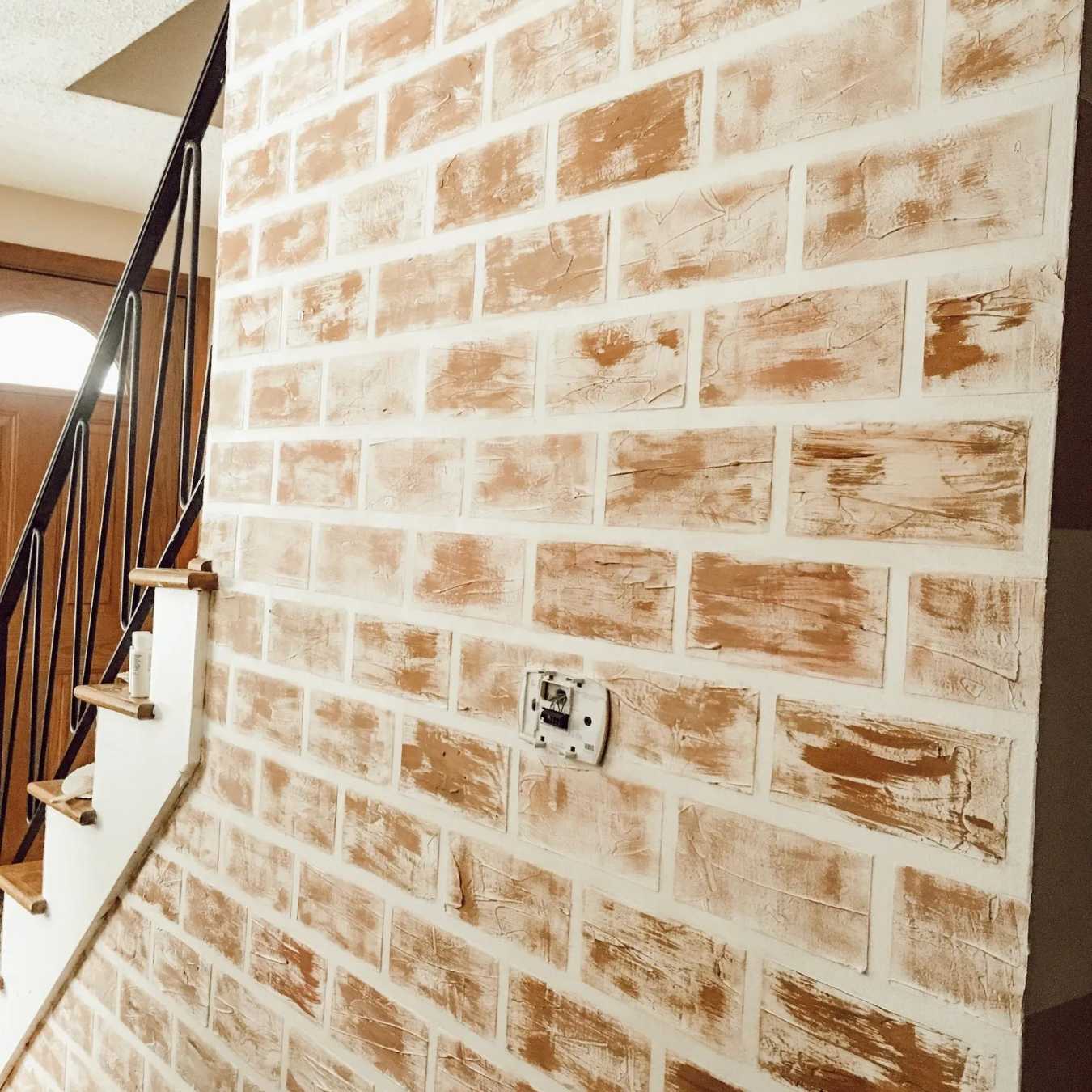
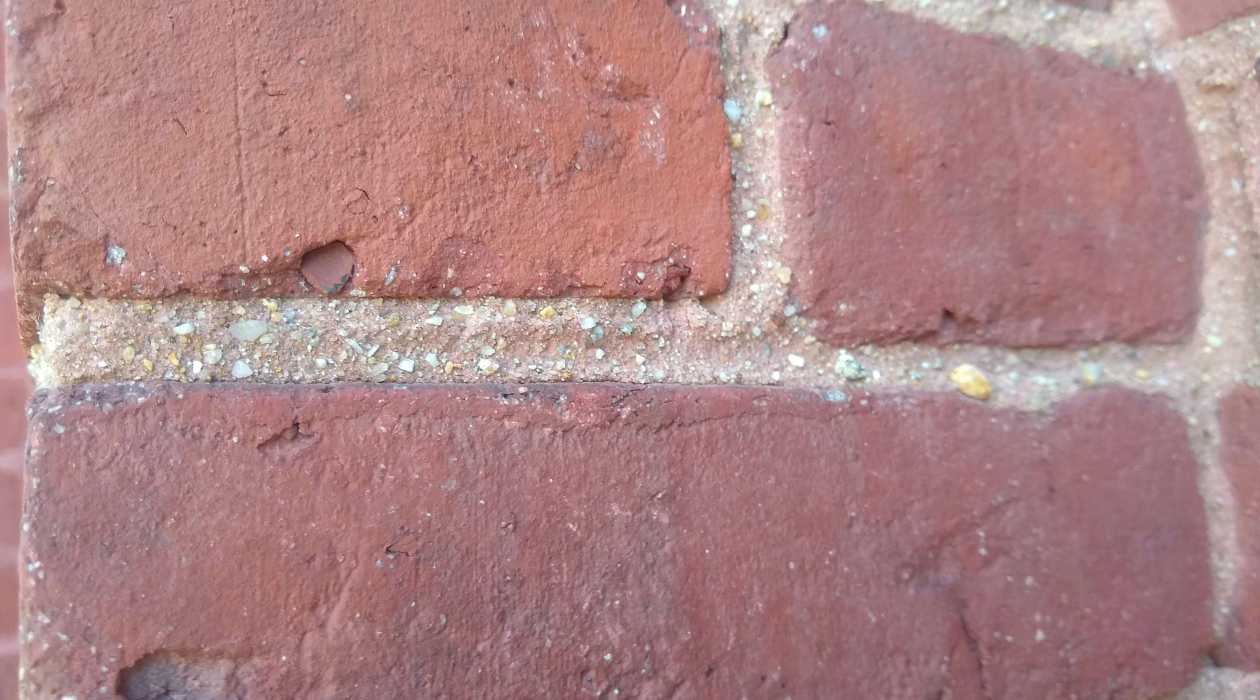
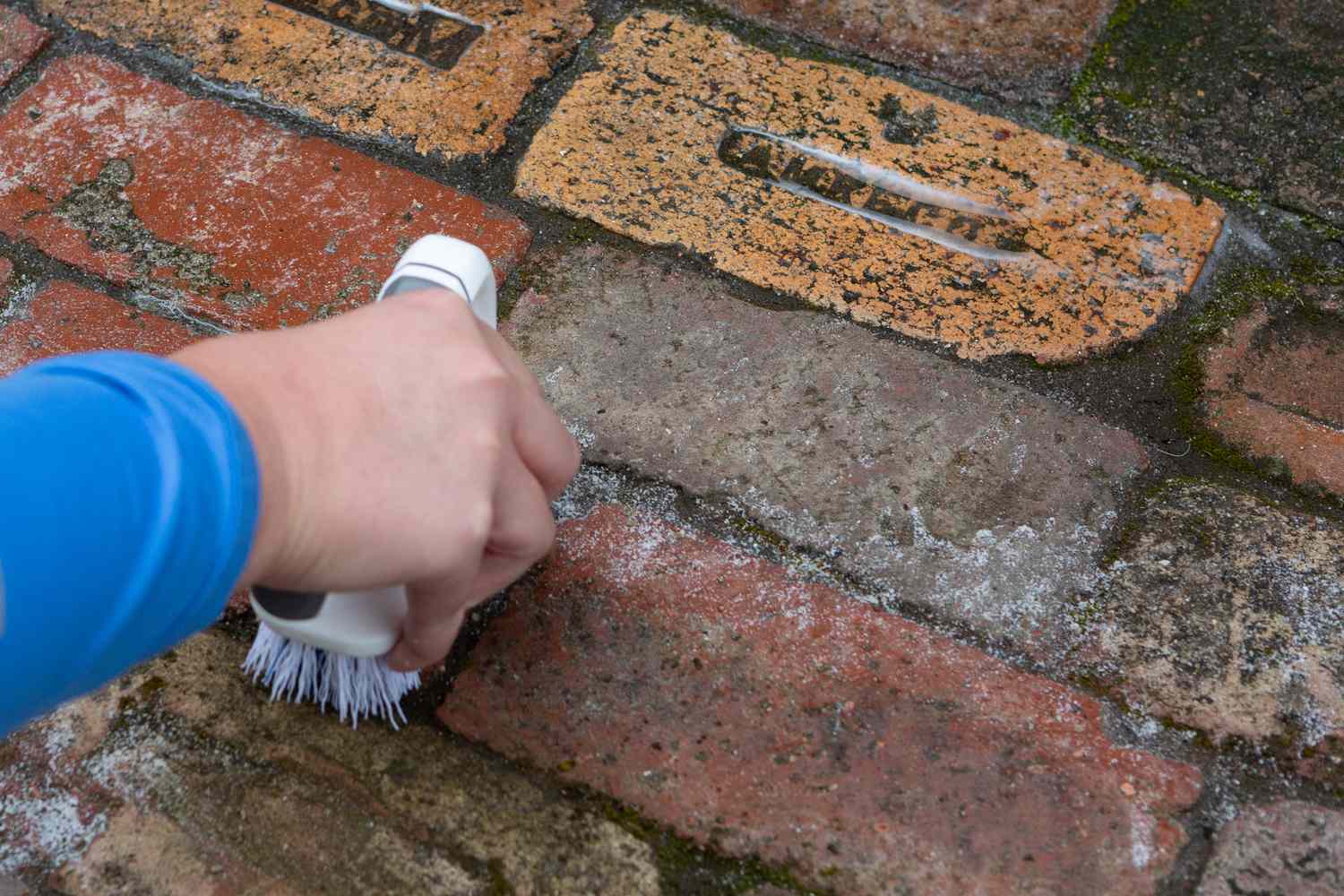

0 thoughts on “How To Get Spray Paint Off Brick Wall”